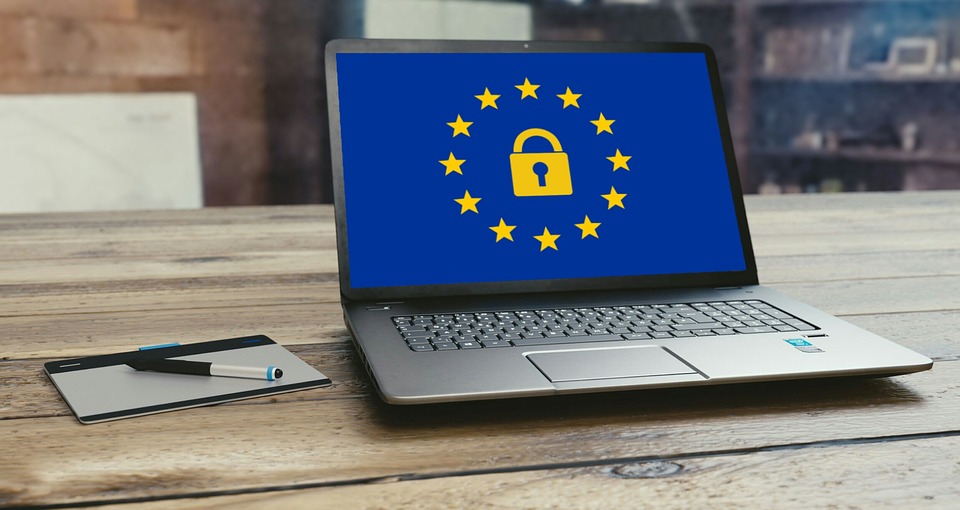Pharming and phishing might sound like outdoor activities, but this couldn’t be further from the reality. These cyber attacks gained momentum in the mid 2000’s, but unfortunately Covid-19 has seen a rapid increase in the number of scammers targeting vulnerable people.
Pharming and phishing scams are both designed to trick people into sharing their personal details, which can then be used to hack online banking or other sensitive information. The consequences of either of these scams can be devastating, but there are some differences between the two. It’s important to be aware of the nature and dangers of online scams, so if you want to know more about the difference between phishing and pharming, read on.
What is phishing?
Phishing occurs when hackers attempt to acquire sensitive or personal information by sending a link or attachment designed to look like it’s from a legitimate source. These attachments are most commonly included in an email, but phishing can also occur via text message and even voicemail.
Common examples of phishing could be a request for a password update, a suggestion that one of your accounts has been hacked or a link to get you to confirm certain sensitive information. Hackers will usually pose as a bank, secure site like PayPal or another password protected account such as your mobile phone provider.
What is pharming?
Pharming is a hacking tactic which doesn’t rely on a user clicking a third party link. Instead, hackers compromise a website’s domain name system (DNS), so that users are redirected to a fake website. Pharming can be very difficult to spot, as it can occur even if the correct domain name was typed in. In most cases, the phony website will resemble the original and you could be redirected to an unsafe site even after clicking on an authentic link.
How to protect yourself online
Pharming and phishing might sound alarming, but there are ways to protect yourself online. Installing up to date anti-virus software is an effective way to prevent phishing emails from reaching your inbox in the first place (most filter up to 99% of spam emails).
If a suspicious email does reach your inbox, check the wording carefully and never click on any links from an unknown source. If something seems too good to be true or is urging immediate action, then the chances are that it’s fraudulent. It can also help to type in the web address directly, instead of clicking the link, to see where it directs you.
Reliable security software can help reduce the risks of pharming and you should always look for the padlock in the top left corner of the screen. You should also make sure that any site you’re redirected to is on a HTTPS server, as DNS spoofing will generally not work on an HTTPS site. It can also help to check the URL very carefully; often hackers will switch two letters around or change one very subtly which makes it harder to spot a fake address.
If you’re looking to upgrade your online security and protect yourself from pharming and phishing, get in touch with the experts at MailCleaner. Our anti-spam software is ideal for businesses of all sizes, including education and government establishments. Our reliable software offers professional protection against viruses and eliminates up to 99% of spam email, so give us a call today or visit our website to find out more.
